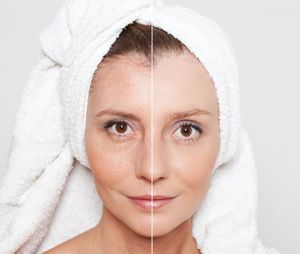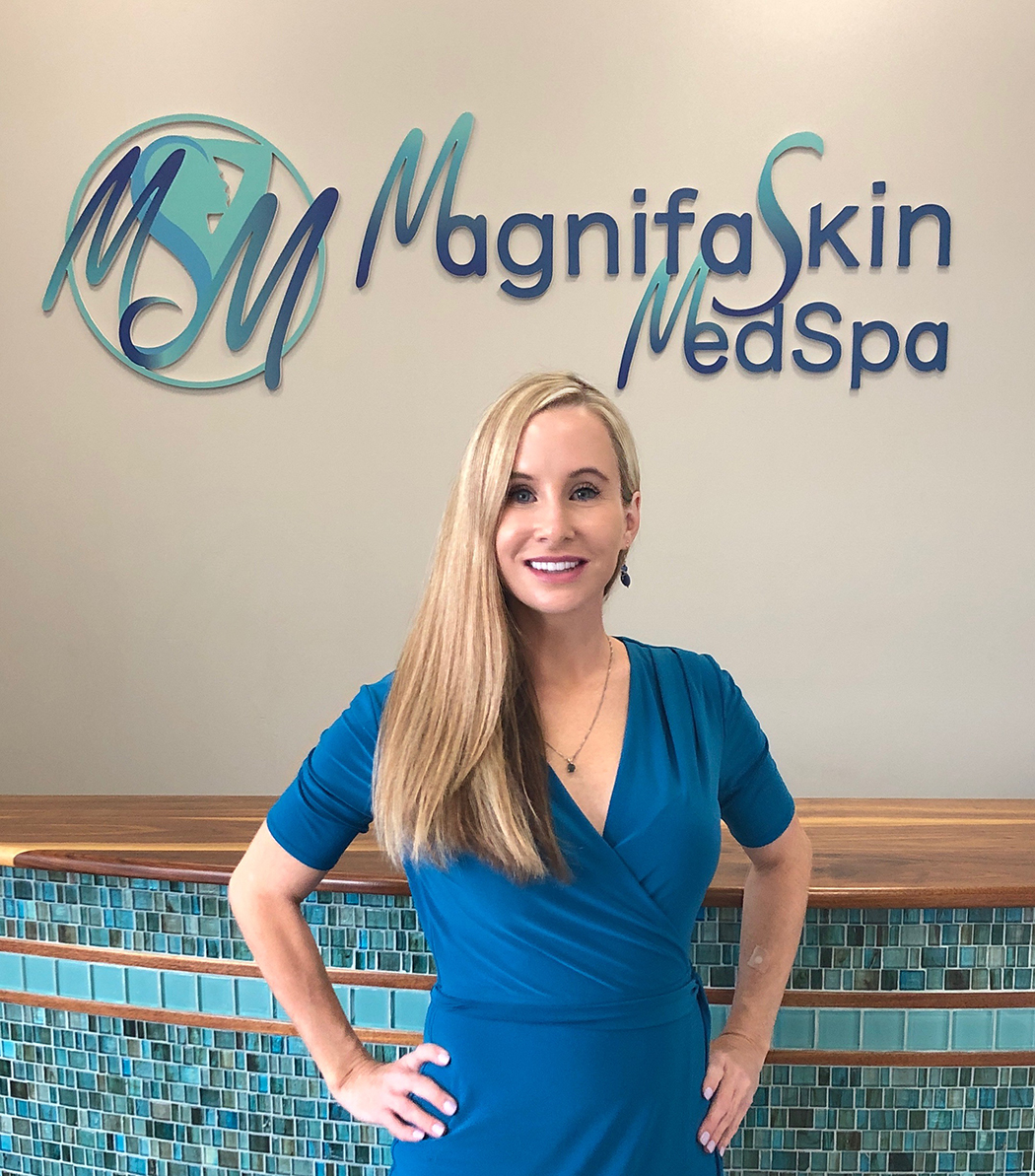
The Science of Intense Pulsed Light (IPL): Why it Works
Just as we are all unique, so is our skin. What works for one person may not work for another. Two weeks ago we looked at the science of non-ablative laser skin rejuvenation and explored exactly how it reverses the aging process in our skin. But laser treatment isn’t what’s best for all skin types, nor is it the best option for all conditions. Some people or skin conditions will get better results with Intense Pulsed Light (IPL), which is different from laser rejuvenation. Today we’ll look at the science behind IPL, and why it works.
How It’s Different from Non-Ablative Laser Rejuvenation
IPL, also sometimes known as a photo facial, differs from laser treatments in the type of light that is being delivered. Non-ablative lasers use multiple single wavelength light beams that focus just below the surface. IPL uses a broad spectrum visible light while filtering out harmful UV wavelengths. By using interchangeable filters, IPL can be used to treat a variety of skin conditions.
Treatment Areas
Most commonly, IPL is used to treat sun damage, rosacea, facial spider veins and age spots on the face, chest, and hands. IPL may also be used for hair removal, although that’s outside the scope of this post.
Similar to how non-ablative lasers work, Intense Pulsed Light is absorbed by the targeted skin or underlying cells and heats those cells sufficiently that they are damaged or destroyed. While this might sound bad, it’s actually very good, because your body then replaces those damaged cells with fresh, new cells. Cooling systems protect the top layer of skin during treatment, ensuring only the targeted cells and skin layers are affected.
When used to treat age and sun spots, tighten skin and shrink pores, IPL is often referred to as a photo facial.
Targeting Cells by Pigmentation
One of the benefits of IPL is that it can be used to target cells by pigmentation, as in the case of sun spots, age spot or rosacea treatments. These darker cells will more readily absorb certain wavelengths, allowing the IPL to treat those specific cells without damaging the lighter surrounding cells. This effect is known as selective photothermolysis and is difficult to achieve with lasers.
The molecules in our skin cells contain chromophores, which is just a fancy scientific word for the part of the molecule responsible for color. Our skin contains three main chromophores: hemoglobin, water, and melanin. Each of these chromophores is sensitive to a different spectrum of light. By adjusting the IPL to the correct wavelength for the mix of chromophores in the treated area, it’s possible to safely and effectively target different skin discolorations in different skin types, while leaving the surrounding healthy skin untouched.
OK, That’s How It Works. But What Does It Do?
In the previous article about non-ablative laser skin rejuvenation we looked at how lasers cause our body to produce new and more elastin and collagen, resulting in skin that doesn’t just look younger, but actually is younger. In the rest of this article, we’ll look at the science behind several types of IPL treatments.
The PhotoFacial: Age and Sun Spots

Uneven melanin production as we age can result in age spots or a mottled appearance.
As we age, our skin becomes less uniform in color. This is caused by the uneven production of melanin in our cells resulting in a mottled appearance with many small dark patches. While harmless, our eyes perceive these as imperfections in the skin and they are a sign of aging. We can also get these areas of heterogeneous (vs. homogenous) skin tone from sun exposure.
IPL wavelengths in the range of 630 to 1100nm* effectively target this darker skin without damaging the surrounding lighter cells. The targeted top layer of cells, or keratinocytes, are heated to a degree which either destroys the cell nuclei or severely damages the cell to a degree that the body is forced to shed them. These cells are then replaced by new, healthy and unpigmented cells from the lower dermis layer.
*nanometer: one billionth of a meter. The way science measures wavelengths.
The PhotoFacial: Skin Tightening

IPL contracts collagen fibers, resulting in tighter smoother skin.
Our skin wrinkles as we age from both internal processes and external factors. Internally, we produce less collagen and elastin, which keep our skin firm and elastic respectively, and hyaluronic acid, which is responsible for water retention in our skin. External factors are exposure to the sun and elements, which break down collagen fibers.
Initial high wavelength IPL treatments heat the collagen fibers, causing them to contract and tighten. This initial treatment is also absorbed by water in our cells, triggering a cytokine reaction (immune response) which results in the formation of new collagen fibers. Additional lower wavelength treatments can cause the skin to thicken while shedding ‘tired’ elastin fibers which no longer spring back as they should.
Facial Spider Veins
Spider veins form when aging valves in our blood vessels malfunction, allowing blood to pool in the vein. Distended veins which are close to the surface show up as spider veins. The heat from an IPL treatment causes the blood in the affected veins to coagulated, blocking the vein. In time the vein itself will die. Don’t worry, you’ve got several billion more! The body then breaks down and flushes away the dead cells. This eventually leads to a clearing of the skin in the treated area.

Be the first to know about new Specials, and blog posts with valuable free information on skin care, beauty and wellness. Sign up below and you'll receive an email notice of new specials as well as new posts. You can unsubscribe at any time.


